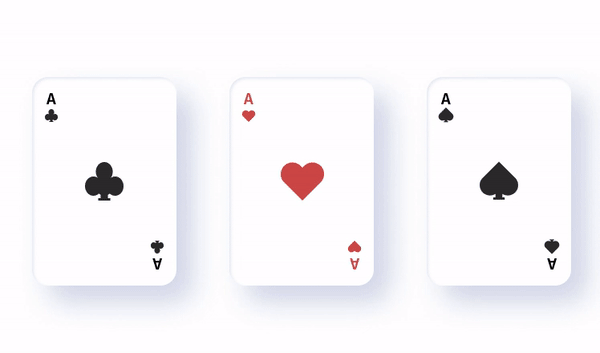3 reward structures Spotify uses to keep you listening
Using game design and psychology to influence behavior.

In games, rewards are usually thought of as coins, gems, badges, chests, or some other sort of collectible item. Users play the game and over time, accrue all sorts of rewards for the actions they take. Game designers create the systems that users participate in and design various structures and pathways for users to receive their rewards.
The systems and frameworks game designers use to keep players engaged are rooted deep in psychology. Consistency, variation, surprise, and delight are concepts that can be extrapolated out to not just any game, but to any product.
The same tactics ever-present in game design exist in many of our favorite products — Spotify included.
Spotify uses fixed and random intervals to provide its version of “rewards” to users — whether that be discovering a brand new song you didn’t know you liked, or winning 30 minutes of ad-free music.
Rewards on a Fixed Interval
A fixed-interval schedule is one that provides users with a constant stream of rewards over the same amount of time. Humans operate this way in the real world––we receive biweekly paychecks, seasonal gifts, and yearly birthday presents. Products can adopt a fixed interval schedule successfully, as they are common reward systems that mirror real-world scenarios.

Spotify uses multiple fixed interval schedules to surface songs to users. From a set of playlists that change daily, to your most listened to songs of all time, to your top songs over the last year, Spotify has created a system of offers to serve up to its users that are constantly changing over different time intervals.

Spotify’s fixed interval system include rewards that are:
- Constantly refreshing (On Repeat, Repeat Rewind)
- Every 24 hours (Daily Sports, Your Daily Drive)
- Every week (Discover Weekly)
- Every year (Your Top Songs of 20XX)
Users can rely on these offerings to have a degree of consistency with Spotify and to keep coming back regularly while maintaining an element of surprise and discovery through the quality of the rewards they receive — just like a game.
Random Rewards
Within fixed interval periods, a system can provide random rewards to users. By taking the same action, or waiting the same amount of time, we can create a variable reward ratio — one that produces different outputs despite the same input. To the user, they take the same action and get a random response. If that response is sometimes positive, the user could develop a habit of taking the same action repeatedly in an effort to obtain that positive response.

This occurs very often in gambling, where the rewards a person gains from taking an action are variable. Think of a slot machine — when a person pulls a lever, the amount of money they win isn’t guaranteed, it’s random. The promise of winning big keeps people committed to the system, performing the same action again and again.
Spotify employs random rewards multiple ways within its product. For each of its playlists, Spotify can predict, but not guarantee, that the user will like the songs within it. In this way, the listener gambles when playing a playlist like Discover Weekly — every next song is a pull of a lever from a slot machine, with the user uncertain when they’ll hit it big.

Surprise Rewards
Surprise rewards occur without a schedule — they happen unpredictably with no clear action taken from the user. Because of their unpredictability, the mere action of receiving a surprise reward can be rewarding itself. Surprise rewards can be events, gifts, or even limited time offers.

On the free side of things, Spotify offers random 30 minute ad-free promotions to keep users engaged — the freemium equivalent of hitting a jackpot. There’s no clear way to predict when this will happen, but when it does, it feels like a gift.

Use Game Thinking to Analyze Your Product
Knowing that Spotify borrows reward structures from game thinking, we can frame product opportunities through the lens of game design:
“Is there a way to offer additional surprise rewards for our users, like 30 minutes ad-free?”
“What other fixed interval schedules can we create so that our users return to our product more regularly?”
“How accurate are we with our random rewards within Discover Weekly?”
The various lenses of game design help us contextualize and build systems for non-game products. In the process, they can end up feeling a little bit more like games — playful, delightful, and rewarding.
Thanks for reading! I like to write about games, design, and user experience. Read more here. Wanna chat? Connect with me on LinkedIn. Looking to work together? Check out my previous work.







